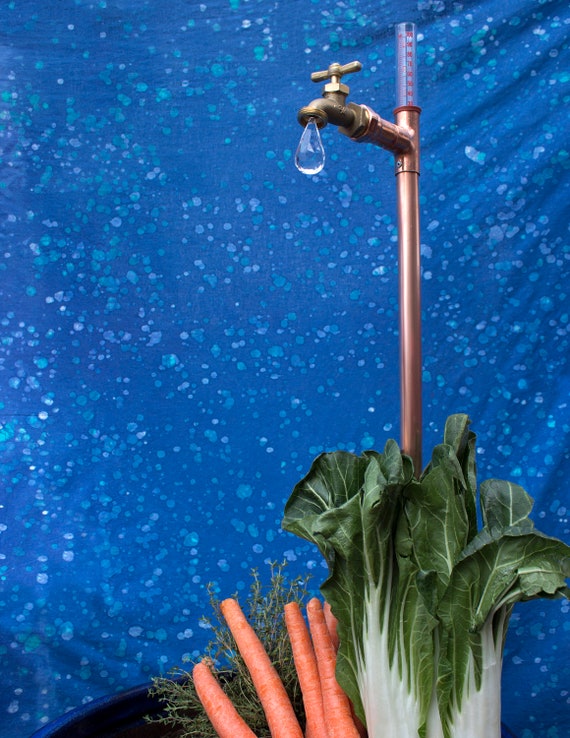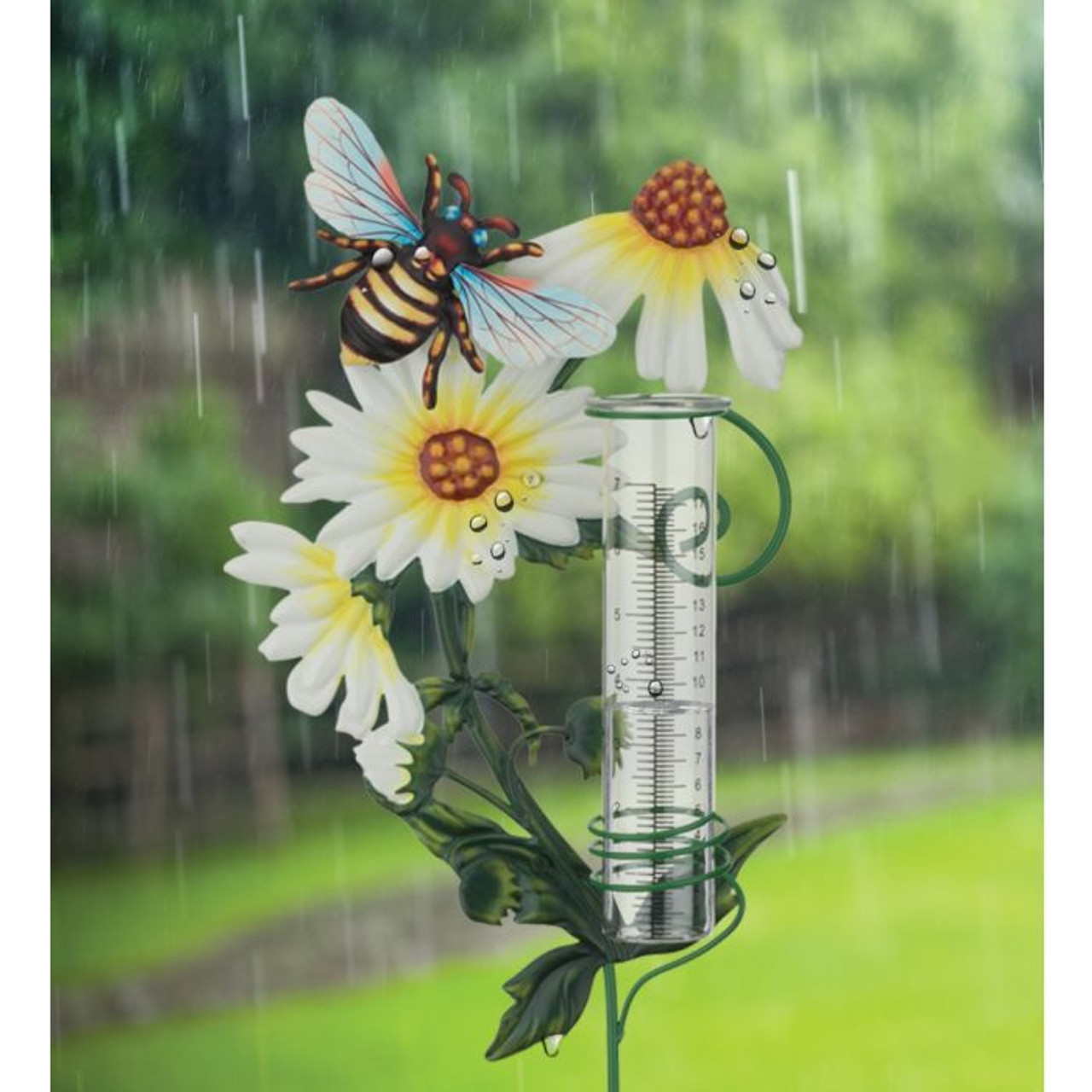The Rain Gauge: A Vital Device for Monitoring Precipitation Levels
The Rain Gauge: A Vital Device for Monitoring Precipitation Levels
Blog Article
How to Choose the Right Rainfall Gauge for Accurate Rainfall Information
To obtain dependable dimensions, it is important to choose the best rainfall scale. Considering factors such as place, kind, and accuracy of the rain gauge will certainly aid ensure exact information collection. Furthermore, recognizing the maintenance and calibration treatments will add to the long life and dependability of your rainfall gauge.
Relevance of Choosing the Right Rain Scale
The significance of selecting the best rain gauge hinges on getting exact and reliable rains information for exact atmospheric evaluation. Rain data is critical for a wide variety of applications, consisting of climate projecting, hydrological modeling, and environment research. Inaccurate or unreliable information can cause erroneous conclusions and flawed decision-making procedures.

Second of all, the precision and precision of the rainfall scale are extremely important. The scale needs to be able to gauge rains with high accuracy, capturing even percentages of rainfall properly. It should also minimize mistakes due to evaporation, wind, and various other environmental variables. Normal calibration and upkeep are important to guarantee ongoing accuracy.
Moreover, the area and installation of the rain scale are critical factors to consider. It ought to be placed in an open area, away from obstructions that can impact rains dimensions. The scale must be positioned at a proper height and angle to avoid spilling and guarantee correct catchment of rain.
Aspects to Take Into Consideration When Selecting a Rain Scale
When choosing a rainfall scale, there are several vital factors to take into consideration. There are various kinds available, consisting of basic rain gauges, tipping bucket rainfall evaluates, and weighing rain gauges.
An additional element to think about is the material of the rain gauge. Rainfall determines can be made from numerous materials, such as plastic, metal, or glass. The product chosen ought to be durable and resistant to weather, making sure that the rain scale will endure the components and provide accurate measurements with time.
Accuracy is additionally a crucial variable to take into consideration. Search for rain determines that have been adjusted and checked for precision. Attributes such as anti-splash rings and funnels can likewise improve the precision of the dimensions.

Finally, consider the environment and environment in which the rainfall scale will certainly be utilized. Various rainfall evaluates are suitable for various environments, so it is important to pick one that is ideal for the conditions in your location.
Various Sorts Of Rain Evaluates Available
To further check out the aspects to think about when choosing a rain scale, it is necessary to comprehend the different sorts of rainfall evaluates available. There are a number of sorts of rainfall determines, each with its own advantages and disadvantages. The most common type is the typical rain gauge, additionally understood as the cylindrical rain scale. This type contains a straight-sided cylindrical container with a funnel-shaped top. It visit here is easy to utilize and provides precise dimensions of rainfall.
An additional type of rain gauge is the tipping container rainfall gauge. This scale makes use of a seesaw-like mechanism to collect and determine rainfall. As the rainfall falls right into the scale, it fills one side of the bucket, causing it to clear the water and tip. The number of pointers is counted digitally to establish the amount of rainfall. Tipping bucket rainfall evaluates are prominent for their precision and capacity to determine rainfall strength.
A third kind of rainfall scale is the considering rainfall gauge. As the rainfall drops into the scale, it is accumulated in a container linked to a balance.
Lastly, there are also remote rain determines that use advanced innovation to determine rains (The Rain Gauge). These determines use sensors and transmitters to send information wirelessly to a main unit. Remote rainfall assesses are convenient for checking rains in hard-to-reach areas or for large information collection
How to Identify the Precision of a Rainfall Gauge
One means to evaluate the precision of a rain gauge is by carrying out regular calibration dimensions. Calibration includes comparing the analyses of a rain gauge to a standard dimension, such as a certified rainfall gauge or a weather station with high accuracy. By comparing the dimensions, any disparities or errors in the rainfall gauge can be determined and made up.
To carry out a calibration measurement, beginning by collecting rainfall data from both the rainfall scale and the basic measurement device over a details time period, such as a month. After that, contrast the readings and calculate the difference between them. This difference is referred to as the calibration error.
It is necessary to note that calibration dimensions should be executed routinely, as ecological factors, such as debris, temperature level, and wind, can Visit Your URL affect the accuracy of the rain scale with time. By carrying out routine calibrations, any adjustments in the precision of the rain scale can be detected and changes can be made accordingly.
Along with calibration, it is likewise advised to tidy and preserve the rainfall gauge regularly to guarantee its accuracy. Remove any type of particles or obstructions that may influence the accuracy of the dimensions, and inspect for any kind of indicators of damage or use that might require repair services click reference or substitute.
Tips for Maintaining and Calibrating Your Rainfall Gauge
Routine maintenance and calibration are essential for making sure the accuracy and reliability of your rain gauge in gauging rains data (The Rain Gauge). By complying with a couple of easy tips, you can guarantee that your rain scale is correctly preserved and adjusted
To start with, it is crucial to clean your rain scale consistently to protect against any kind of debris or dirt from obstructing the rainfall collection device. Utilize a moderate detergent and a soft brush to carefully cleanse the within and outside of the gauge. Wash it extensively with clean water and allow it to completely dry totally prior to re-installing it.
Secondly, it is advised to calibrate your rain gauge at least when a year. Calibration entails contrasting the dimensions of your rainfall scale with those of a relied on and exact referral scale. This will aid you determine and correct any type of possible mistakes in your rainfall gauge's dimensions.
To adjust your rainfall gauge, gather a known volume of water using a measuring container and compare it with the dimensions videotaped by your rain scale. Adjust the readings appropriately to make sure precision.

Verdict
Finally, picking the right rain gauge is important for acquiring precise rains data. Factors such as location, spending plan, and objective should be taken into consideration when choosing a rain scale. There are various kinds of rain assesses available, each with their very own advantages and restrictions. It is essential to on a regular basis keep and calibrate your rainfall scale to guarantee its precision. By following these guidelines, accurate rains data can be obtained for different applications.
There are various kinds available, consisting of basic rainfall evaluates, tipping bucket rain evaluates, and evaluating rain assesses.To additionally check out the aspects to think about when choosing a rainfall gauge, it is crucial to understand the various types of rainfall determines offered. The most typical type is the common rain gauge, likewise understood as the round rain scale.Another kind of rain gauge is the tipping pail rainfall gauge. Calibration entails contrasting the analyses of a rainfall scale to a common dimension, such as a certified rainfall gauge or a weather condition terminal with high precision.
Report this page